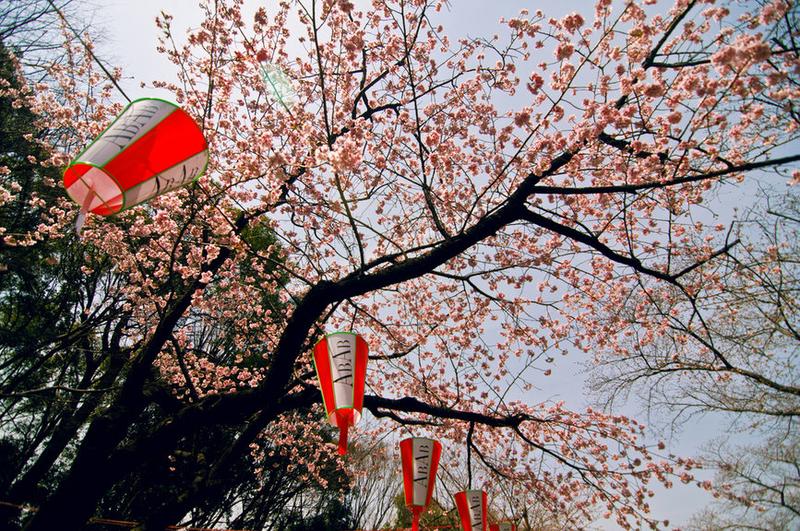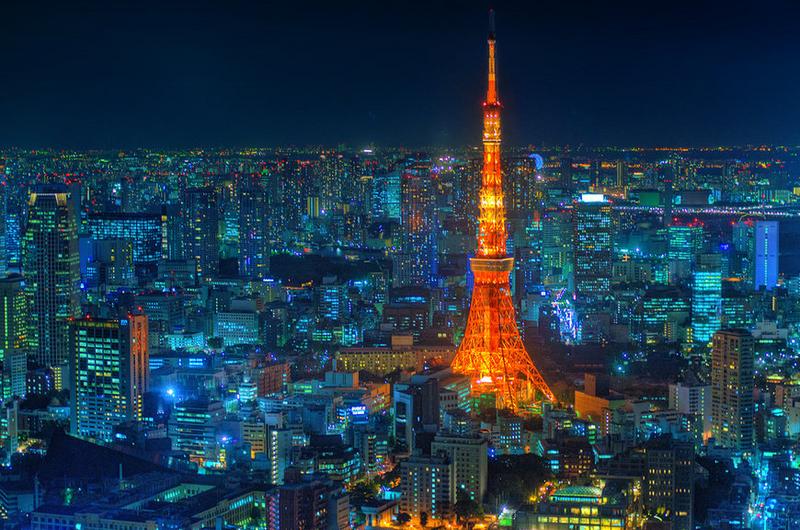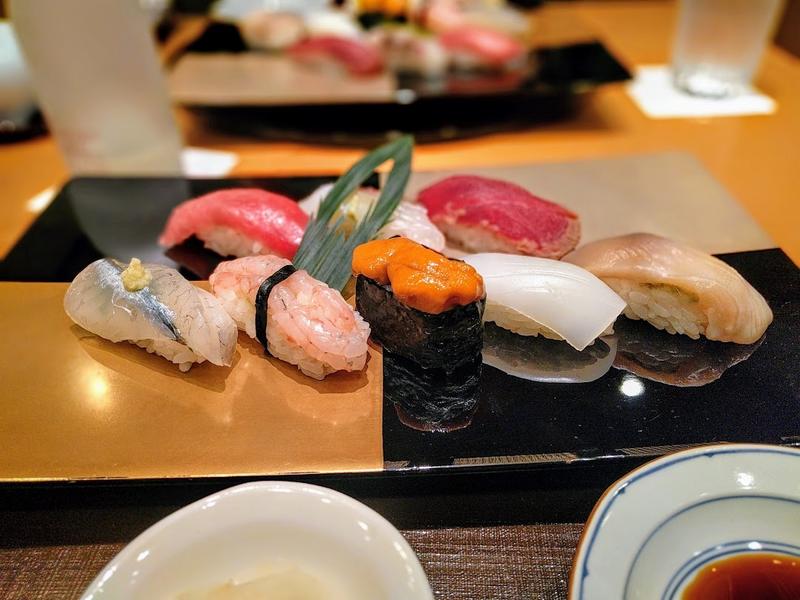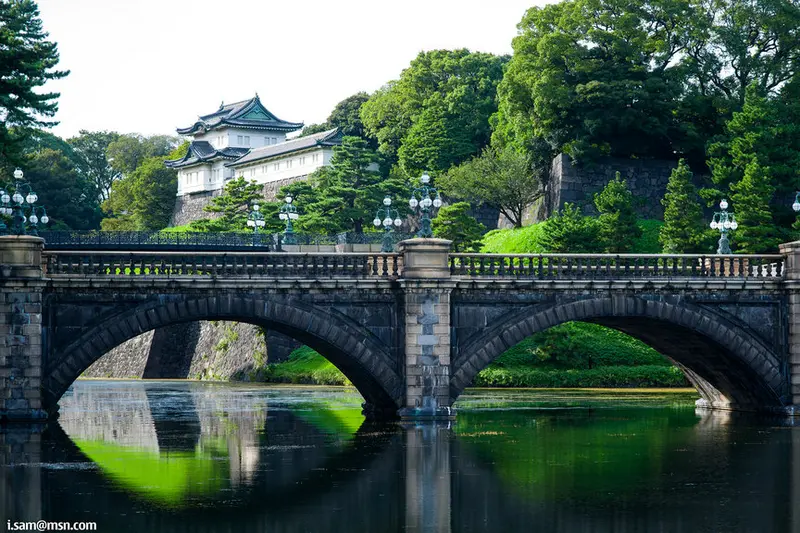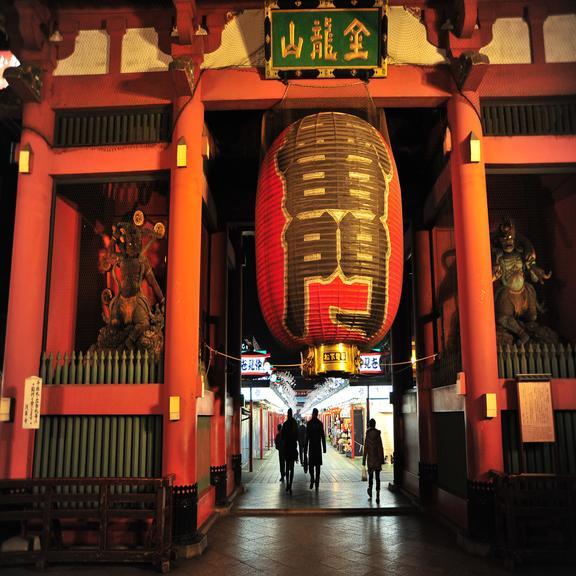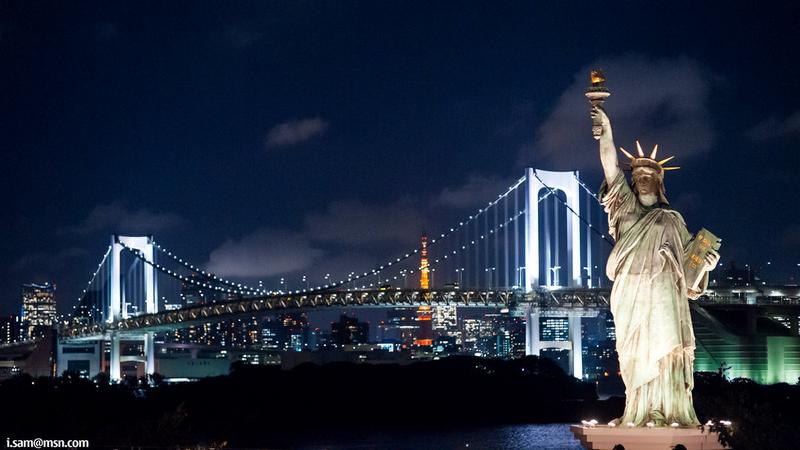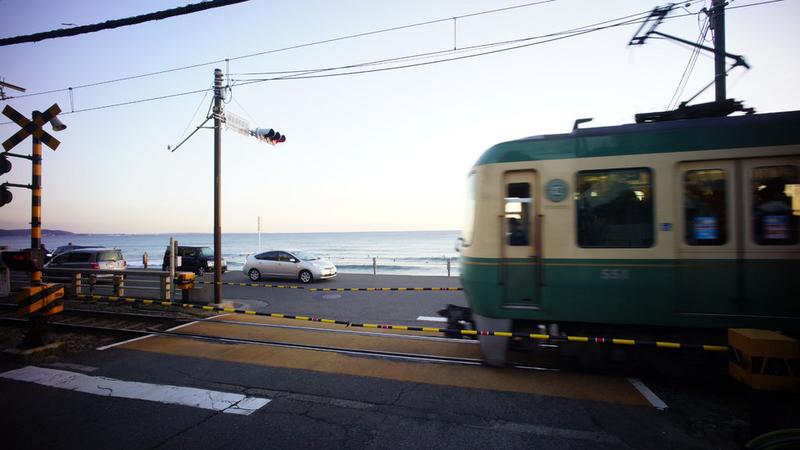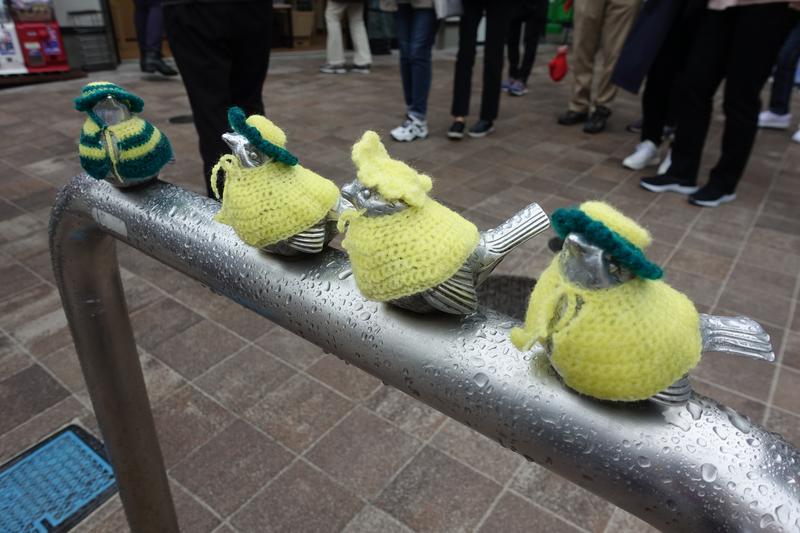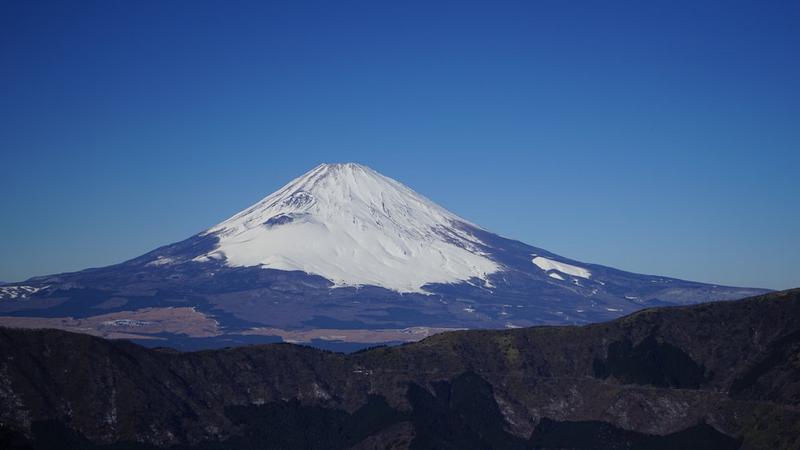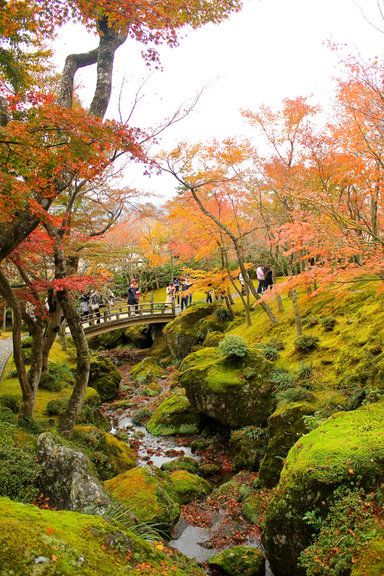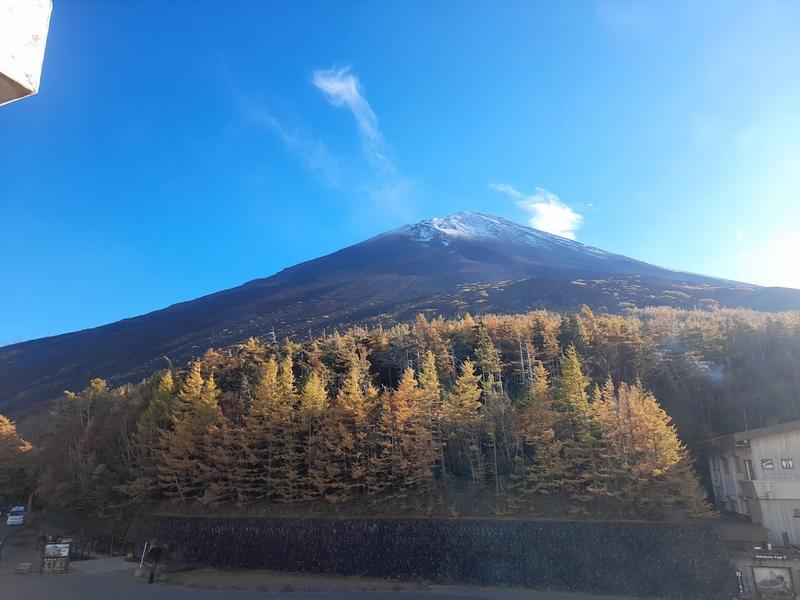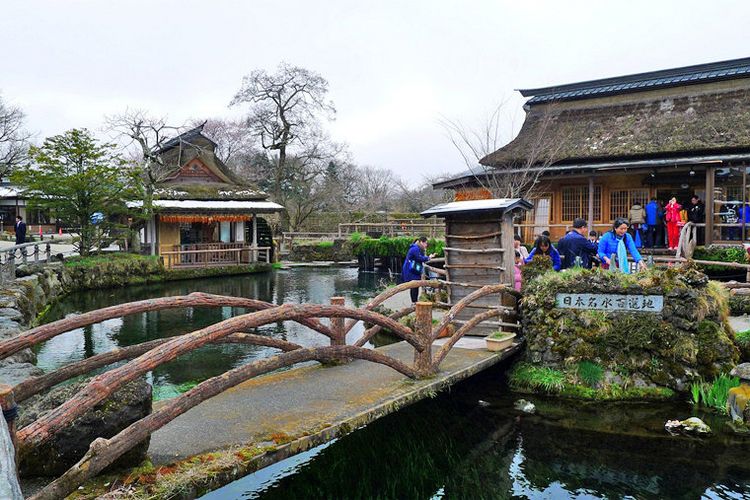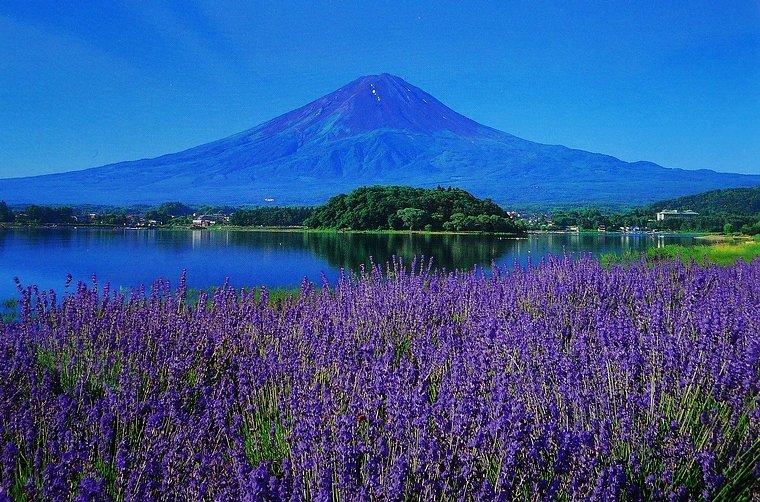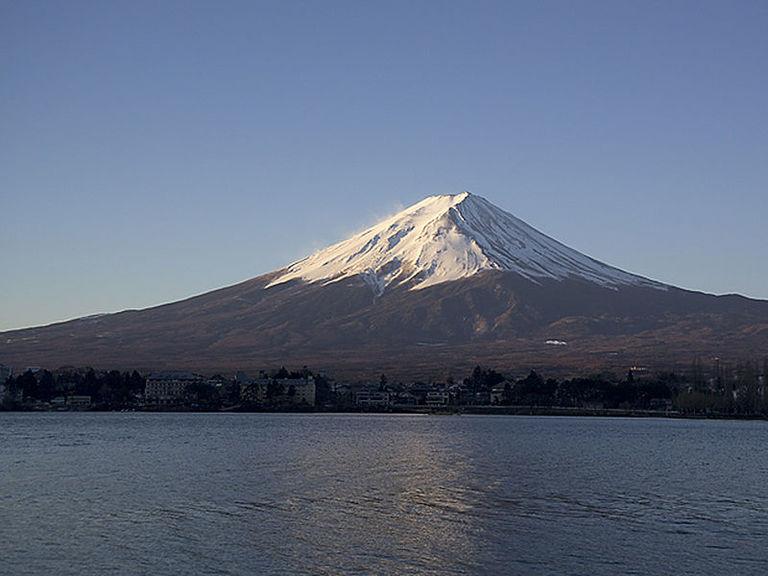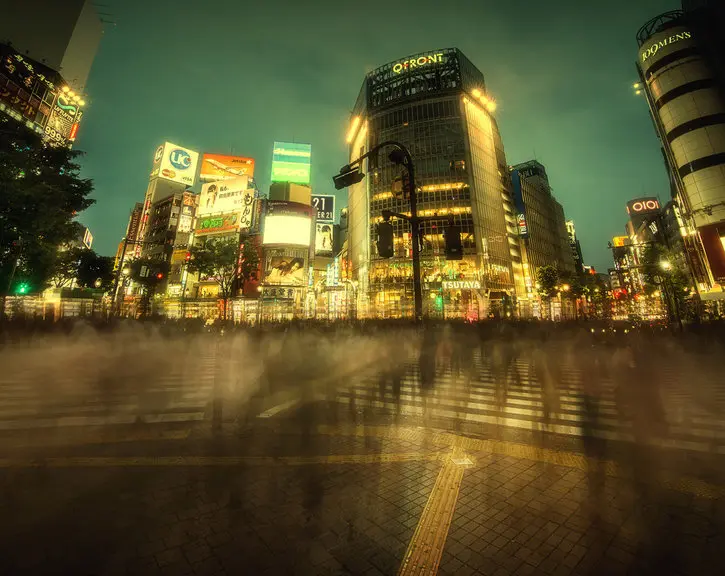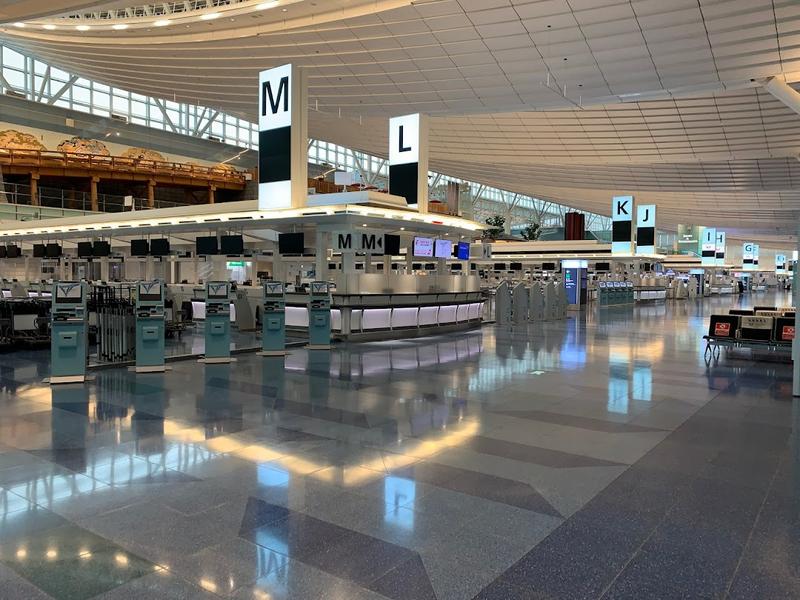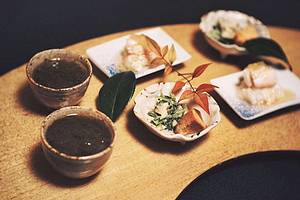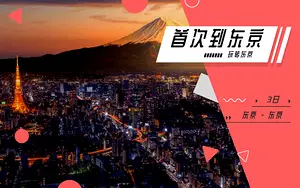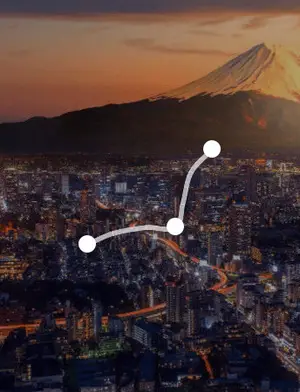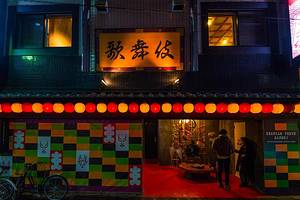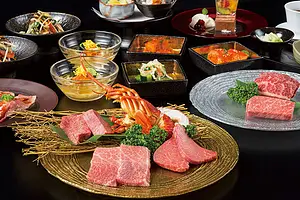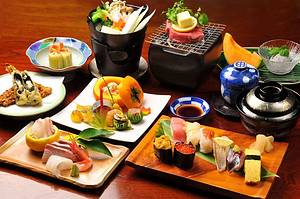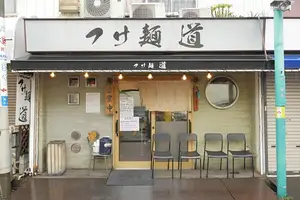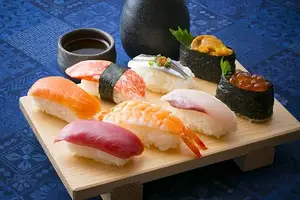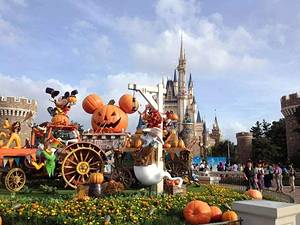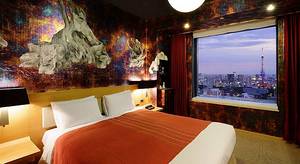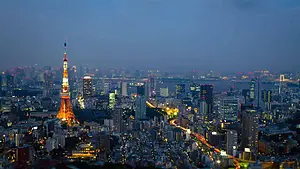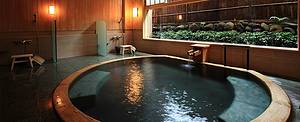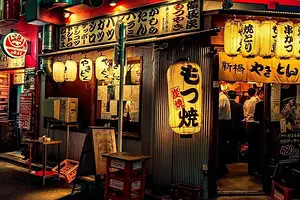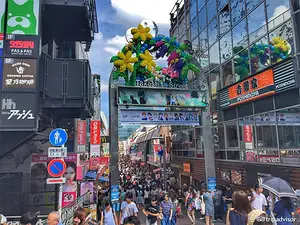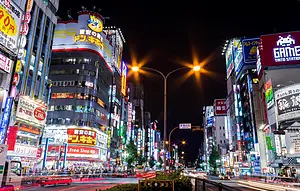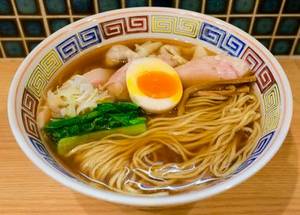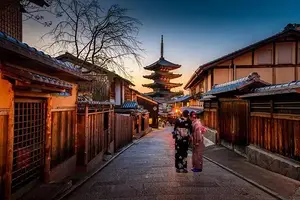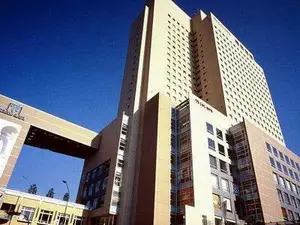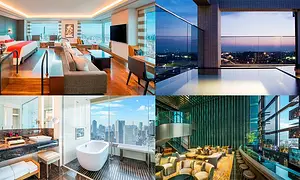Japan 6-Day Tour: Tokyo-Kamakura-Hakone-Mount Fuji
8 cities |
19 attraction(s) |
total distance 317
km
 TIPS
TIPS
Day1
Day2
Day3
Day4
Day5
Day6
Day1: Tokyo
3 attraction(s) ·
9 km
1
Ueno Park is one of Tokyo's famous parks, covering a large area and hosting multiple facilities such as a zoo, art museum, and museums. It also has a rich natural landscape, including famous landmarks such as Shinobazu Pond and Takegata Fountain. The park's most famous symbol is the bronze statue of Takamori Saigo. In spring, Ueno Park is a popular spot for cherry blossom viewing in Tokyo, where visitors can admire the beautiful cherry blossoms in full bloom.
7
km
2
Tokyo Tower, also known as Nihon Denpa-tō, is located in Shiba Park, Minato Ward, Tokyo, Japan. It is a red and white tower modeled after the Eiffel Tower in Paris, standing at a height of 332.6 meters, 8.6 meters taller than the Eiffel Tower. Built in October 1958, it was once the tallest structure in Tokyo until the completion of Tokyo Skytree (634 meters) in February 2012, and has always been one of the landmarks of Tokyo. The tower has an observation deck at the top, offering panoramic views of the entire Tokyo metropolitan area, with a clear view of Mount Fuji on a clear day. The tower's lighting changes colors according to the season, with special decorations for holidays such as Christmas.
2
km
Day2: Tokyo
3 attraction(s) ·
16 km
1
The Imperial Palace is a representative landmark in the center of Tokyo, consisting of the Imperial Palace Plaza, Niju Bridge, Imperial Palace Outer Garden, and Imperial Palace East Garden. During the Meiji Restoration, the Emperor moved from Kyoto to this location, giving it the name "Imperial Palace". Now, a portion of the area is open to the public as a park, with entrances at Hibiya Station to the south and Otemachi Station to the north.
Despite the surrounding skyscrapers, the Imperial Palace still retains the atmosphere of the Edo period, giving a strong sense of history. As a symbolic building of Tokyo, it has witnessed the changes of time and protected the descendants of Edo.
Around the Imperial Palace, taking a stroll along the moats, you can see the walls of the Edo Castle, as well as sculptures of the samurai Kumasu Narimasa, beautiful carved decorations on the entrance gate of Otemon, and the entrance to the Kitamru Park at the Tateyammon. In the East Garden, there is the Nino-Maru, where you can see the grand shogunate villa and exquisite gardens, which are precious legacies from the Edo period.
6
km
2
Sensoji Temple is the oldest temple in Tokyo, built in 628. According to legend, a fisherman discovered a golden statue of the goddess Kannon and built a tower to enshrine it in the same spot. Later, it was expanded into its current size. During the Edo period, Tokugawa Ieyasu ordered the rebuilding of Sensoji Temple, which gradually became a cultural center.
Climbing the gate with a giant lantern, the Kaminarimon gate, is one of the symbols of Asakusa and even Japan. In the middle of the gate are statues of the gods of thunder and wind, and its formal name is "Furaijin Gate."
Through the shopping street, you can see the main hall, which gradually became prosperous because Ieyasu designated it as a place of prayer for the shogunate. In the northeastern corner of Sensoji Temple, there is also Asakusa Shrine, which was built in the Heian period and has an elegant and beautiful architectural style.
Every May, Sensoji Temple holds the Sanja Festival, one of the three major festivals in Edo, which is the grandest event in Asakusa. This festival originated in the Edo period and fully displays the traditional culture and human emotions of the time. In the activity of carrying the shrine, several dozen people dress up in the style of the old-fashioned and gather from various directions to Sensoji Temple, creating a lively atmosphere.
11
km
3
Odaiba is a popular entertainment district located on artificial land in Tokyo Bay, especially loved by young people. Odaiba Seaside Park is the main tourist attraction in the area, with the only beach in Tokyo and a waterfront promenade with a view of the Rainbow Bridge. The beautiful scenery here has attracted many filming locations for Japanese dramas. In addition, Odaiba has a range of facilities, including Tokyo Big Sight, Fuji TV Building, Toyota Mega Web, Museum of Maritime Science, and National Museum of Emerging Science and Innovation. The giant Ferris wheel, dining establishments, and shopping centers are also important attractions for visitors. Odaiba is an ideal place to enjoy stunning views, both day and night. Especially at night, Odaiba is even more beautiful and attracts many travelers who love to capture night scenes. Moreover, Odaiba has several large shopping districts, such as VenusFort, Aqua City, Decks Seaside Shopping Center, and Odaiba 1-Chome Shopping Street, for visitors to explore shopping and entertainment.
Day3: Kamakura > Fujisawa
3 attraction(s) ·
8 km
1
Kamakura High School, also known as Kanagawa Prefectural Kamakura High School, was awarded the title of "Most Beautiful High School in Japan" due to its proximity to the beautiful Kamakura High School Mae Station, which is recognized as one of the most beautiful train stations in Japan. The high school, located in a coastal area, serves as the prototype for Ryonan High School in the manga "Slam Dunk," and the sloping path from the school to the station is the famous scene where Sakuragi proclaims, "We've only just begun." While the school used to permit visits from tourists, it has currently stopped campus tours out of respect for student privacy. However, visitors may still have the opportunity to enter the campus during the summer vacation period. Please note that Japanese schools highly prioritize student safety and it is important to adhere to the school rules and refrain from taking any photographs while visiting the campus.
4
km
2
Tranquil temple known for a monumental, outdoor bronze statue of the Buddha in the seated position.
5
km
3
There is an important station on the Jiangzhe Electric Railway where you can easily walk to Jiangzhe Island from here.
Day4: Hakone
3 attraction(s) ·
8 km
1
Owakudani in Hakone is a famous tourist spot and hot spring resort near Tokyo. It is the site of volcanic activity with constantly gushing hot springs and white gas clouds, reminiscent of volcanic eruptions from around 3,000 years ago. From the observation points, visitors can enjoy a magnificent view of Mount Fuji. Viewing Owakudani from the cable car, one deeply feels the name "Hell Valley." Although the spring water in Owakudani is toxic, it is a popular tourist spot with rich activities, including the famous "Hot Spring Black Eggs." Boiled with high temperature sulfur spring water, the eggshells turn black due to the sulfur in the water, making the eggs even more delicious. In addition, visitors can see the eruptions of sulfur gas and, on clear days, enjoy an almost close-up view of the beautiful Mount Fuji. For "EVA" anime fans, Owakudani is where the protagonist Shinji finally stops, and the desolate mountain walls and white gas clouds match perfectly with scenes from the animation.
2
km
2
In 1952, the Hakone Museum of Art was established. The museum houses ancient calligraphy works and watercolor paintings from Japan, China, and Korea, as well as old ceramics from Japan and other Eastern countries. There are a large number of exhibits here. It is also a typical Japanese-style garden, where visitors can enjoy art works and overlook the scenery of the Kyu-Karuizawa area, especially beautiful during the autumn season.
6
km
Day5: Fujiyoshida > Oshino > Fujikawaguchiko
3 attraction(s) ·
22 km
2
Oshino Hakkai is a group of springwater ponds located in Oshino village, Yamanashi prefecture, Japan. There are eight clear springs spread throughout, hence the name Oshino Hakkai. It is said that Oshino Hakkai has existed more than 1200 years ago, and it is a freshwater spring that is filtered through geological layers from the snowmelt of Mount Fuji. In June 2013, Oshino Hakkai was listed as a UNESCO World Heritage site along with Mount Fuji and the surrounding area, presented as "the symbol of faith and the source of art - Mount Fuji".
10
km
3
Lake Kawaguchi is one of the most popular tourist attractions near Mount Fuji. It is one of the Fuji Five Lakes, which were formed by volcanic eruptions from Mount Fuji. The other lakes are Yamanaka, Saiko, Shoji, and Motosu. Lake Kawaguchi is located in the center of the five lakes and has convenient access. There are nostalgic buses available for tourists to use, as well as art museums and resorts. Lake Kawaguchi is also a starting point for climbing Mount Fuji, attracting many visitors. The lake is home to the only island among the five lakes and offers a magnificent view from the Kawaguchi Ohashi Bridge. Furthermore, the lake offers various recreational activities such as boating, yachting, windsurfing, fishing, cycling along the lake shore, and enjoying hot springs. Mount Fuji presents a captivating view here, attracting numerous artists and photography enthusiasts. In spring, the view of "upside-down Fuji" and cherry blossoms blooming from the north side of Lake Kawaguchi is a symbol of Japan's scenic beauty. In conclusion, Lake Kawaguchi is the perfect place to appreciate the beautiful scenery around Mount Fuji.
Day6: Mount Fuji > Tokyo
4 attraction(s) ·
114 km
1
Mount Fuji is one of the largest active volcanoes in the world, with an elevation of 3,776 meters, located 80 kilometers from Tokyo in central southern Honshu, Japan. The mountain has been dormant since its last eruption in 1707 and is considered a sacred site by the Japanese people. The two volcanic craters at the summit have formed two beautiful volcanic lakes, while various types of caves created by volcanic eruptions can still be found at the foot of the mountain, some of which are still emitting gas. The two religious sites at the summit, the Kitaguchi Hongu Fuji Sengen Shrine and Asama Shrine, have become the main attractions of the Fuji-Hakone-Izu National Park. The northern foothills of Mount Fuji are home to the beautiful Fuji Five Lakes, with Lake Kawaguchi being one of the places where the reflection of Mount Fuji can be admired, being hailed as one of the wonders of Mount Fuji. Meanwhile, the village of Oshino is famous for its "Oshino Eight Ponds," which are connected to Lake Yamanakako. The southern foothills are a vast plateau pasture, where lush greenery and flocks of sheep and horses can be seen. In summer, camping, swimming, and fishing are popular activities, while winter is a great time for skiing and ice-skating. Legend has it that bathing in the volcanic lake at the top of Mount Fuji can ward off disasters and misfortunes.
96
km
2
Started as a kimono store in 1886, this famous destination is now known for high fashion shopping.
4
km
3
Shibuya is one of Tokyo's most unique and bustling districts, targeting primarily young people as a commercial center. The famous Shibuya 109 building represents this district, not only as a shopping center, but also as a symbol of GAL fashion. Shibuya gathers many department stores and fashion shops, as well as various types of small shops. In addition, there are many restaurants, bars, clubs, and live music venues in Shibuya, showcasing popular culture. If you walk from Shibuya's central street to the PARCO department store, you will pass a slope called Spain Hill, where there are a variety of clothing and grocery stores, dining and amusement centers, and unique Spanish-style decorations that are popular with young people.
The intersection in front of Shibuya Station is famous and is one of the busiest intersections in the world. When the green light comes on, the rushing flow of people floods the road from all sides, and the huge advertisements and screens of many commercial areas around add another charm to this busy city. Each street in this area has a different style and feature, with countless places to eat, drink, and play. If you come to Shibuya, don't forget to visit the famous bronze statue of Hachiko, the loyal dog, outside JR Shibuya Station!
15
km
4
Waterfront airport serving the Greater Tokyo Area, with direct rail access to the city & free WiFi.
